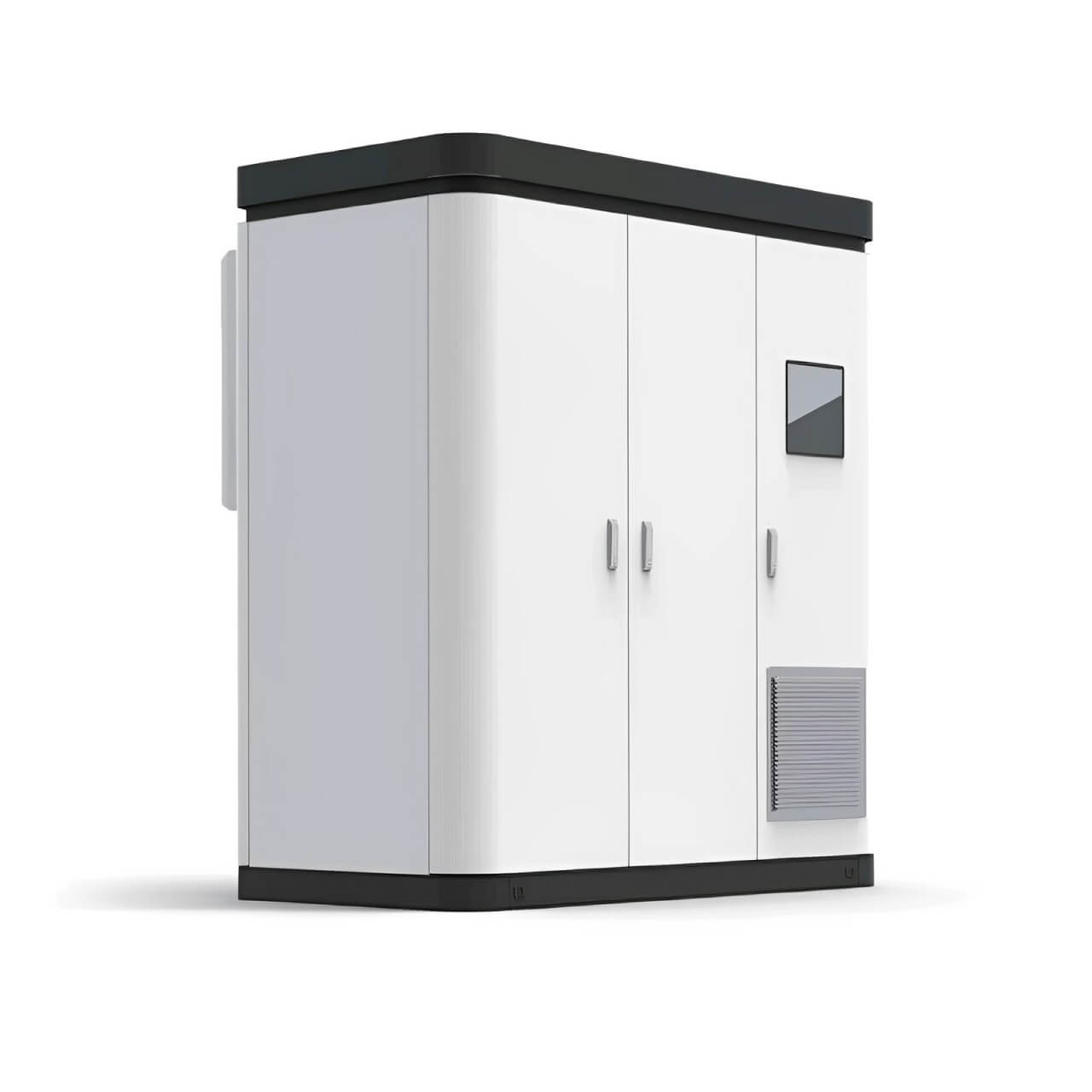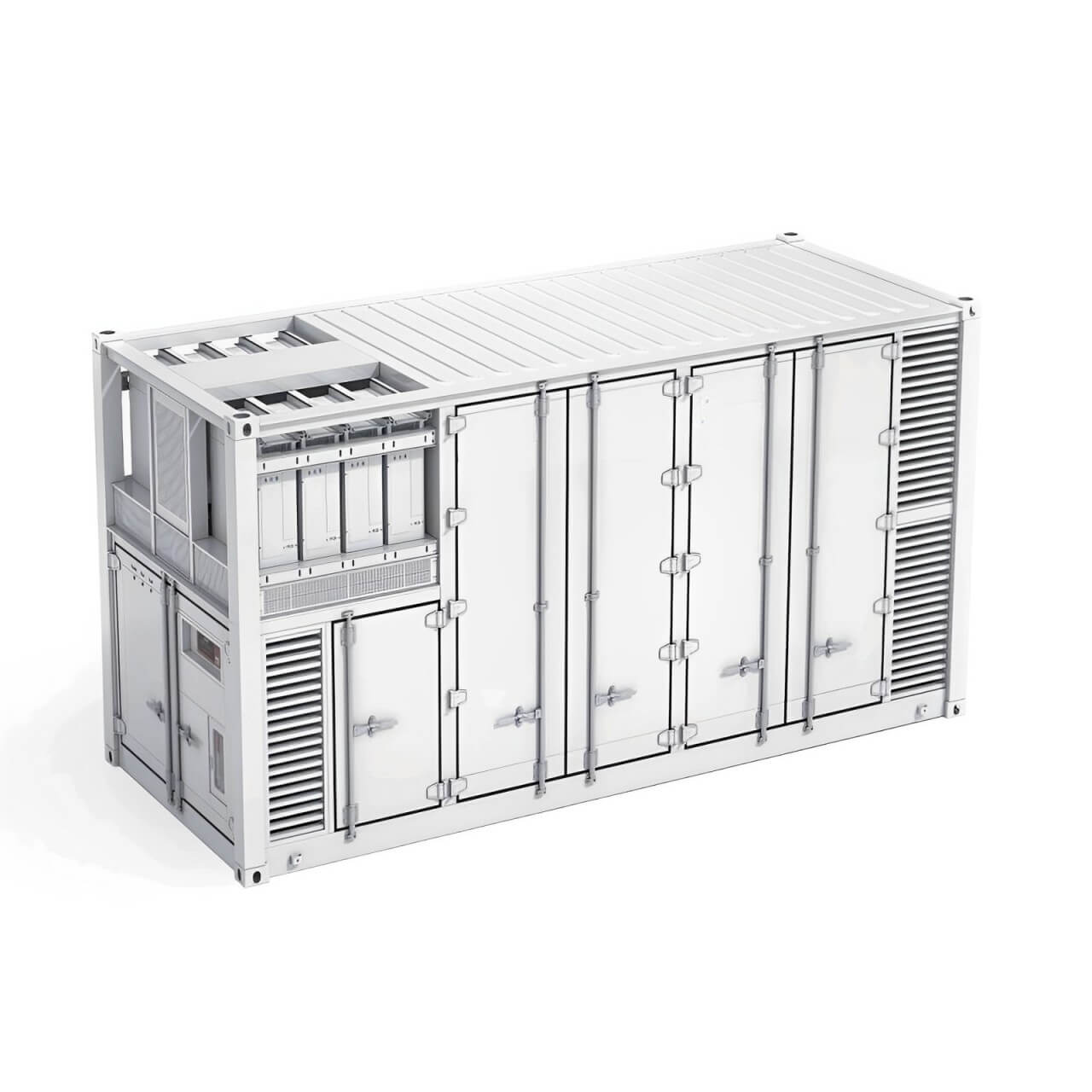Why do new energy electric vehicles choose 18650 batteries?
Regarding the technical route of using 18650 batteries as new energy electric vehicle batteries, everyone may first turn their attention to Tesla. When Tesla was developing electric vehicle batteries, it tested many types of batteries, but later locked its target on 18650 batteries. So what are the advantages and disadvantages of 18650 batteries?
18650 actually refers to the appearance specifications of the battery. It is a standard battery model set by Japan's SONY company in order to save costs. 18 means the diameter is 18mm, 65 means the length is 65mm, and 0 means it is a cylindrical battery. 18650 batteries originally referred to nickel-metal hydride batteries and lithium-ion batteries. Since nickel-metal hydride batteries are less used now, they now mostly refer to lithium-ion batteries. The nominal voltage of a single 18650 lithium-ion battery is generally 3.6V or 3.7V; the small discharge termination voltage is generally 2.5~2.75V. The common capacity is 1200~3300mAh.
18650 battery is an early, mature and stable lithium-ion battery widely used in electronic products. In contrast, stacked lithium-ion batteries are far from mature. Common ones include square batteries and soft-pack batteries. Even the size, size, and position of the tabs are not uniform. The production process of battery manufacturers cannot meet the requirements. Most of them are mainly controlled by humans, and the consistency of the battery cannot reach the level of 18650 batteries. If the consistency of the battery does not meet the requirements, the management of the battery pack formed by a large number of batteries in series and parallel will not allow each battery to perform better. The 18650 battery cell can solve this problem.

The single cell capacity of the 18650 battery is small, and the number of cells required will be large (Model S has 7104), but the consistency is very good; the capacity of the stacked battery can be made larger (20 Ah to 60 Ah), the number of cells can be reduced, but the consistency is poor. In contrast, it is difficult to invest a lot of manpower and material resources to improve the production process of stacked batteries with battery suppliers at this stage. Therefore, when developing Roadster and Model S, Tesla's only choice was to purchase batteries from the market and develop the battery system on its own. Compared with developing a battery system that manages more than 6,000 cells with good consistency, the technical difficulty of the former should be lower than that of developing a battery system that manages more than 200 cells with poor consistency. Even if the number of cells increases, it is still easier to manage if the performance of these cells is reliable.
Compared with another very successful pure electric vehicle, Nissan's LEAF, it uses stacked lithium-ion batteries. This is because Nissan has cooperated with NEC for many years and has accumulated a lot of experience in battery technology and has considerable skills in quality control. LEAF's batteries come from AESC, a joint venture between Nissan and NEC. Stacked batteries are thin in thickness and large in surface, and have good heat distribution and heat dissipation capabilities. Therefore, Nissan LEAF boldly adopts a passive thermal management system (actually no management!), which takes away heat through natural convection of air.
About energy density
When it comes to energy density, it is necessary to distinguish between the energy density of single cells and the energy density of battery packs.
In terms of the energy density of single cells, 18650 batteries are higher than stacked lithium-ion batteries. The energy density of the 33 Ah lithium-ion battery used in Nissan LEAF is 157 Wh/kg, the energy density of the stacked battery used in GM Volt is about 150 Wh/kg; and the energy density of the 18650 battery used in Roadster is about 211 Wh/kg. However, the management system of the 18650 battery is more complicated, and the additional weight will make the energy density of the battery pack much lower than the energy density of the single cell. The weight of the Roadster battery pack is 450 kg, and the energy density is 118 Wh/kg, while the weight of the LEAF battery pack is 225 kg, and the energy density is 107 Wh/kg. At the battery pack level, the energy density of the two is comparable.
About safety
The various advantages of stacked lithium-ion batteries have been mentioned above, but it also has some disadvantages. Since stacked lithium-ion batteries are generally packaged with aluminum-plastic film, and the thickness of the aluminum-plastic film is thin and the mechanical strength is poor, in extreme cases such as car collisions, the aluminum-plastic film is easily damaged, resulting in safety accidents. This also explains why Nissan has to add an aluminum shell outside the battery module composed of 4 single cells.
18650 batteries are generally steel-shelled, which is safer; and as mentioned earlier, with the continuous improvement of the production process level of 18650 batteries, safety is also constantly improving.
About cost
18650 lithium-ion batteries have the characteristics of large capacity, long life, and high safety performance. They are also favored by consumers because of their small size, light weight, and easy use. As people continue to deepen their research on 18650 battery technology, the consistency and safety of batteries have reached a very high level. As the earliest lithium-ion battery, 18650 batteries are also the most mature and stable battery combination in the world, and they still occupy a leading position. my country produces about billions of 18650 batteries every year, far exceeding batteries made of other materials.
CSIT uses 18650 batteries, so it can use the previous production lines of Japanese manufacturers such as Panasonic for production. In the context of increasingly fierce competition for 18650 batteries used in consumer electronics, Panasonic and other manufacturers cooperated with CSIT to upgrade products and improve the original production lines for the production of power batteries. Industrial production has a scale effect. When the scale of production products reaches a certain level, the cost will be greatly reduced. A new energy vehicle requires tens of thousands of 18650 batteries, so the purchase cost of a single battery is controllable.
It can be said that using 18650 batteries as the power source of new energy electric vehicles is the best choice at this stage. With the maturity of battery technology, more new types of batteries will also appear in new energy electric vehicles.

 简体中文
简体中文 Russian
Russian French
French German
German Japanese
Japanese Korean
Korean Arabic
Arabic Spanish
Spanish





